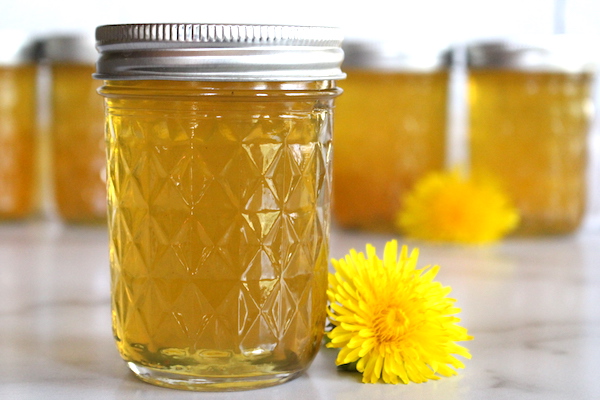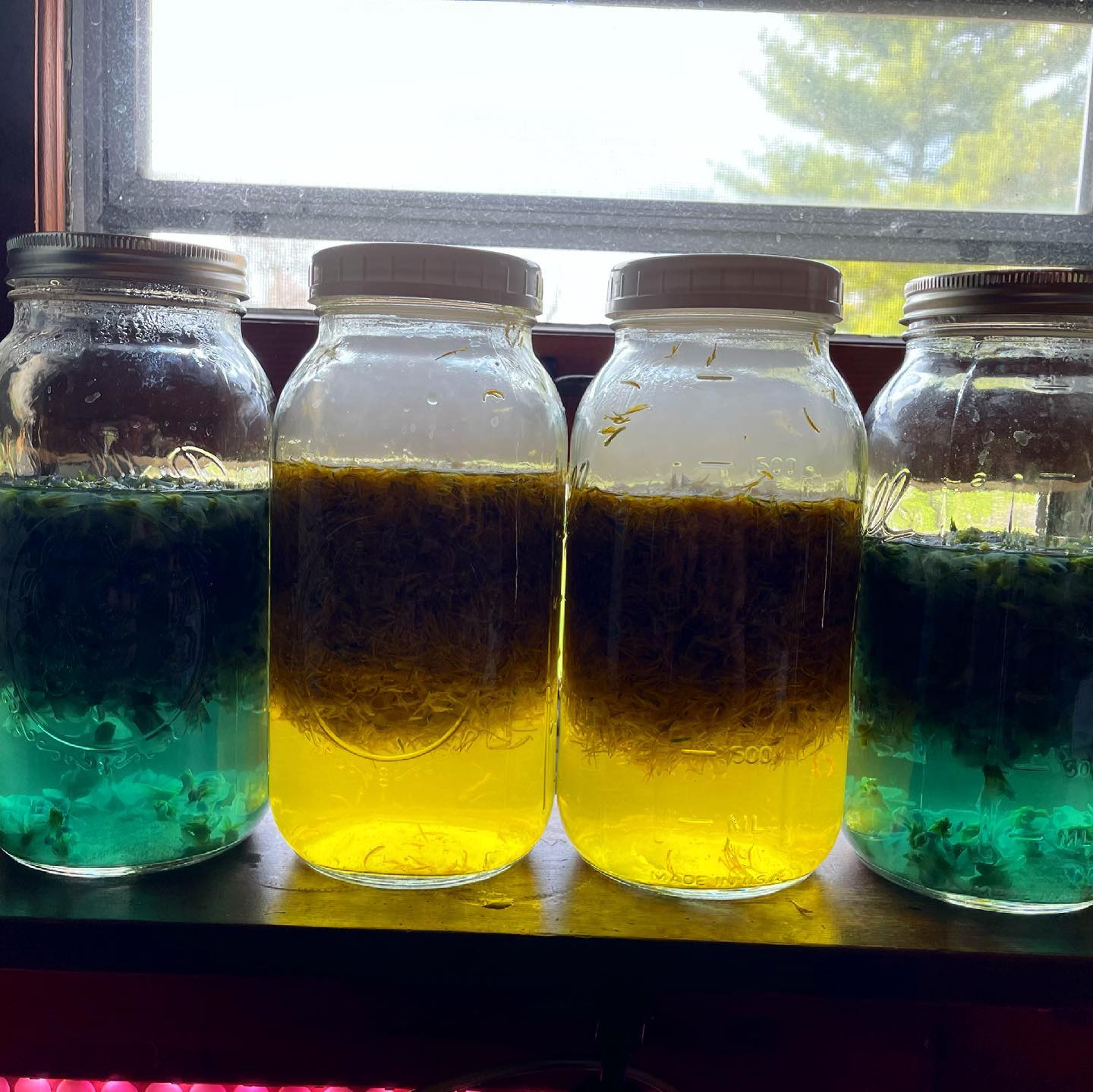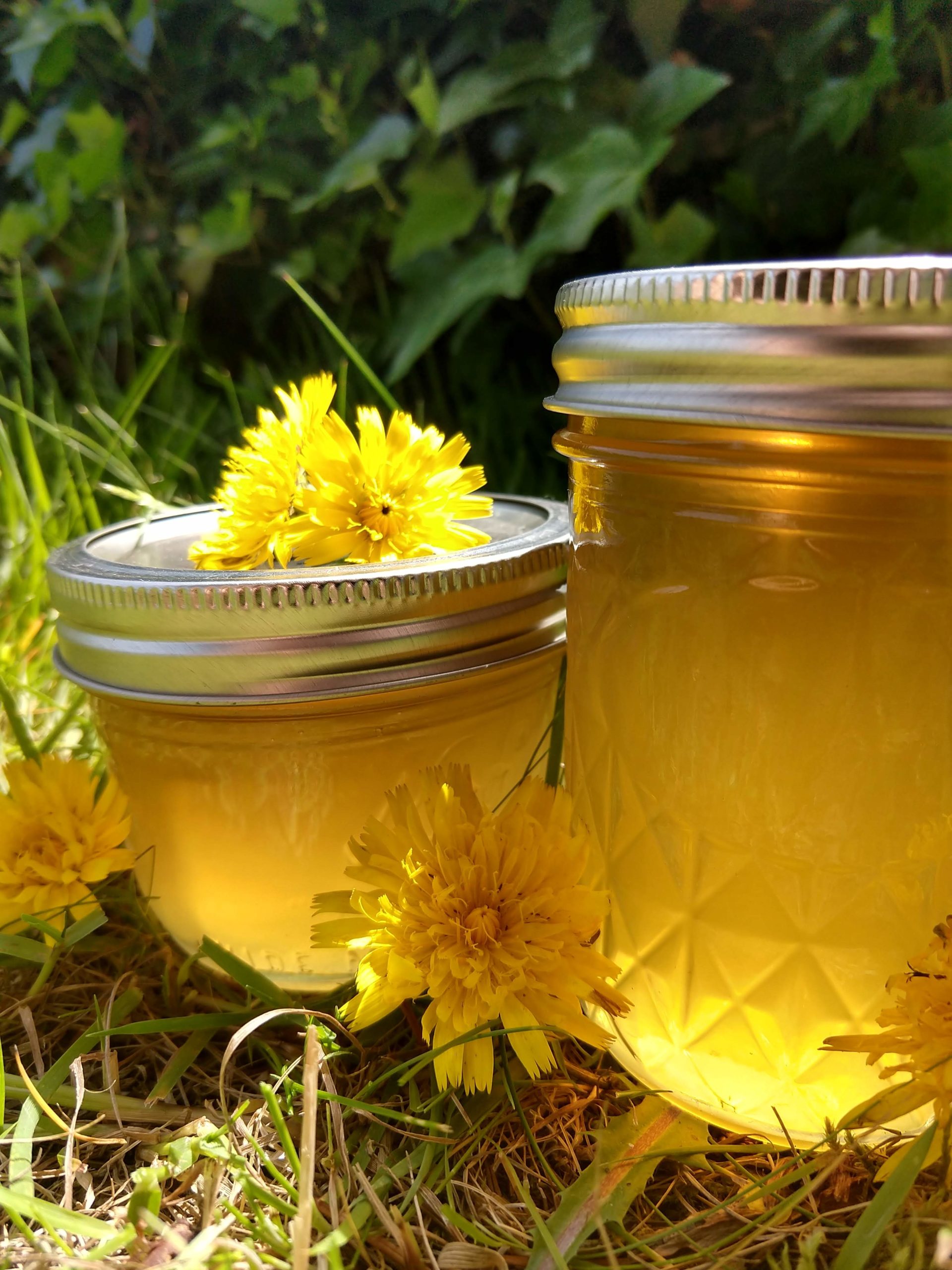May 16, 2021
Instead of bringing a worn-out human being to a sanitarium, it were far better to bring him into an environment where he would be happy, at first soul-happy, but also physically happy. When you put a human being into an environment of joy, in which with each step he takes an inner feeling of joy awakes, that it is which will make him healthy, when, for example, he sees sunbeams streaming through the trees and perceives the colors and scents of flowers. -Rudolf Steiner, Illusory Illness: II: the Feverish Pursuit of Health – Munich, 5th December 1907

As I spread a layer of wild violet jelly on my toast this morning, my tastebuds did a little jig of joy from the sweet, floral sensation. My friend and colleague, Emily, and the families in her parent-child class harvested both dandelions and wild violets for two delicious jellies. I was lucky enough to receive some of each.
Violets leaves are highly medicinal, with a soothing property. And the jelly is amazing — here’s a recipe.

The dandelion jelly tastes like sunshine in your mouth. I can’t really describe it better than that. Here’s a recipe that Emily shared earlier this week on our LifeWays Facebook page. As a child, I watched my dad spray the dandelions in our yard with poison every spring. As an adult, I now know more about this “weed” and I am grateful for its presence.

With all the flowers that grace us with their beauty in Spring, you can try making jelly with lots of different ones, including honeysuckle, lilacs and kudzu. Here are some recipes for 16 different wild flower jellies.
What are your favorite ways to enjoy wildflowers? Share in the comments!

Mary O’Connell, for LifeWays North America
Have you thought about attending the LifeWays Fundamentals course?
Click here for more information about the LifeWays Fundamentals course.

I love this delicious post, Mary! Thank you.